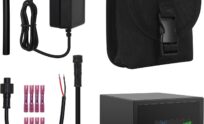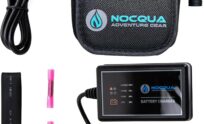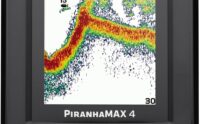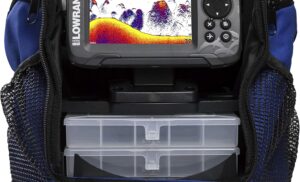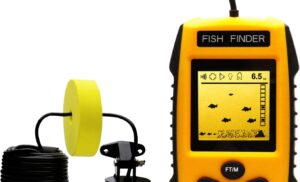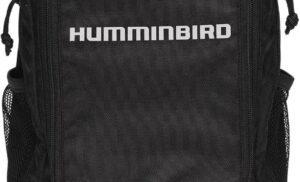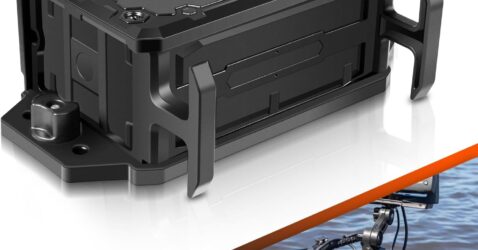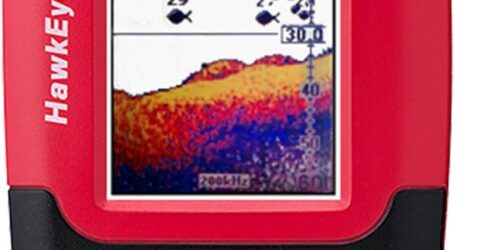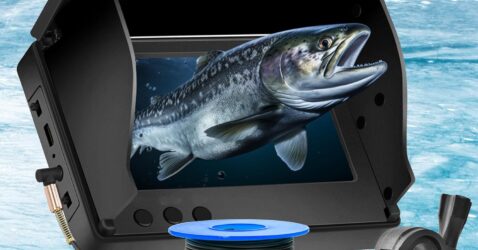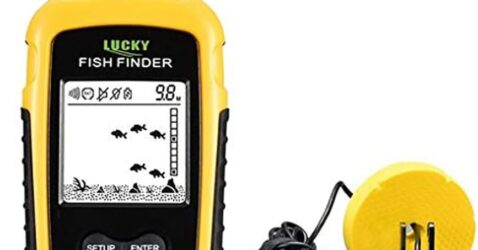Hooking Up: Choosing the Right Battery Connectors for Your Fish Finder
Hooking Up: Choosing the Right Battery Connectors for Your Fish Finder
When it comes to fishing, having the right tools can make all the difference. One of the most essential pieces of equipment for modern anglers is the fish finder. This electronic device not only helps locate fish but also provides valuable information about the underwater environment. However, to ensure your fish finder operates effectively, it’s crucial to connect it properly to a reliable power source. Choosing the right battery connectors is a vital step in setting up your fish finder for success. In this article, we’ll explore the various types of battery connectors, their advantages and disadvantages, and tips for making the best choice for your fishing adventures.
Understanding Battery Connectors
Battery connectors are crucial components that facilitate the electrical connection between your fish finder and the battery. They come in various shapes and sizes, each designed to suit different applications. The primary goal is to ensure a secure, efficient, and safe connection that can withstand the rigors of outdoor use.
Types of Battery Connectors
-
Spade Connectors
- Description: Spade connectors feature a flat, spade-like terminal that can easily slide onto a corresponding post or terminal.
- Advantages: They are easy to connect and disconnect, making them ideal for temporary setups. They also offer a good surface area for conductivity.
- Disadvantages: Spade connectors can be prone to corrosion if not properly sealed, especially in marine environments.
-
Ring Terminals
- Description: These connectors consist of a ring that slides over a battery post and is secured by a bolt.
- Advantages: Ring terminals provide a secure connection and are less likely to vibrate loose, making them suitable for rough conditions.
- Disadvantages: They require tools for installation and removal, which can be inconvenient for quick disconnections.
-
Bullet Connectors
- Description: Bullet connectors have a cylindrical shape that allows them to slide together securely.
- Advantages: They offer a reliable connection that is easy to connect and disconnect, making them a popular choice for fish finders.
- Disadvantages: If not properly insulated, they can be exposed to moisture, which could lead to corrosion.
- Anderson Powerpole Connectors
- Description: These connectors feature a modular design and are often used for high-current applications.
- Advantages: They provide a very secure connection and are designed for easy handling and durability, making them ideal for frequent setup and takedown.
- Disadvantages: They can be more expensive than other types of connectors and may require additional tools for installation.
Factors to Consider When Choosing Battery Connectors
-
Current Rating: Ensure that the connectors you choose can handle the current requirements of your fish finder. Check the specifications of your device for its power consumption.
-
Ease of Use: Depending on how often you plan to connect and disconnect your fish finder, you may prefer connectors that are quick and easy to use.
-
Corrosion Resistance: Given the marine environment, it’s important to choose connectors that are resistant to corrosion. Look for connectors made of materials like stainless steel or those that come with protective coatings.
-
Compatibility: Make sure the connectors you choose are compatible with both your fish finder and your battery. Checking the specifications of both devices will help ensure a proper fit.
- Installation and Maintenance: Consider how easy it is to install the connectors. Some may require soldering or special tools, while others can be crimped on with basic tools. Additionally, regular maintenance to check for corrosion and secure connections is essential.
Conclusion
Choosing the right battery connectors for your fish finder is an often-overlooked but critical aspect of ensuring a successful fishing trip. By understanding the types of connectors available and considering factors like current rating, ease of use, and corrosion resistance, you can make an informed decision that enhances your fishing experience. Whether you’re a seasoned angler or a novice, the right connections will help you get the most out of your fish finder, allowing you to focus on what matters most—catching fish and enjoying the great outdoors.

